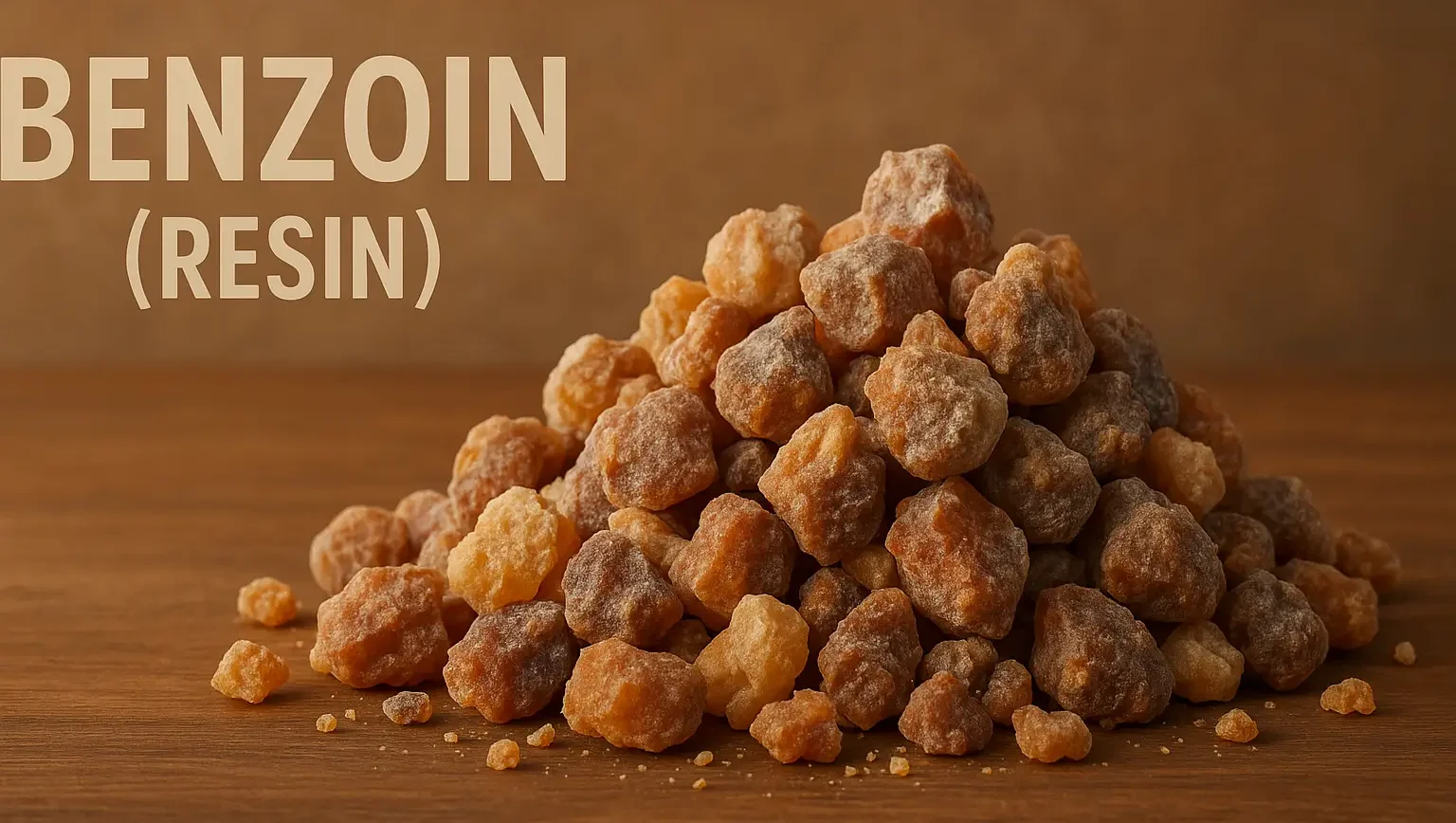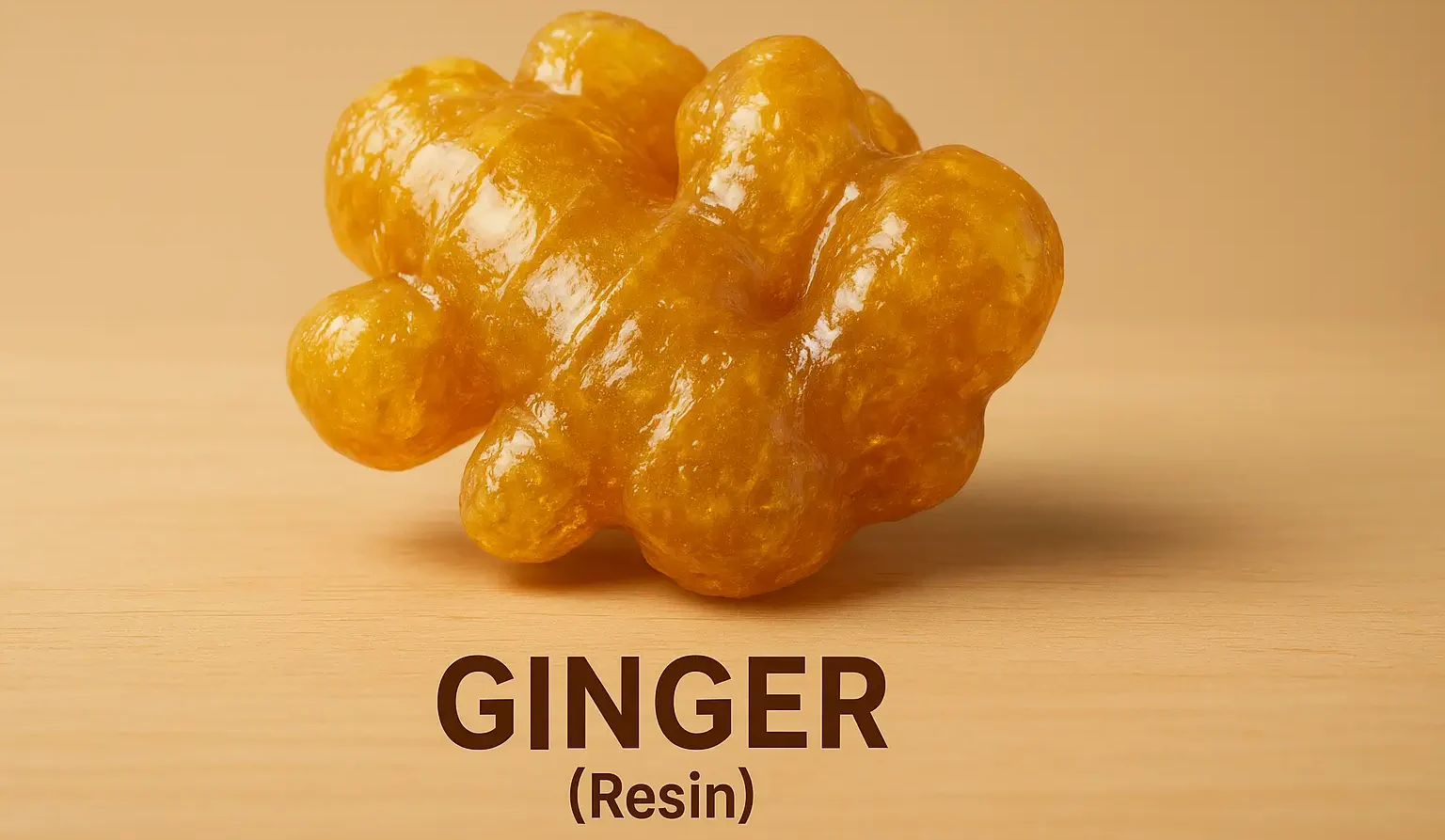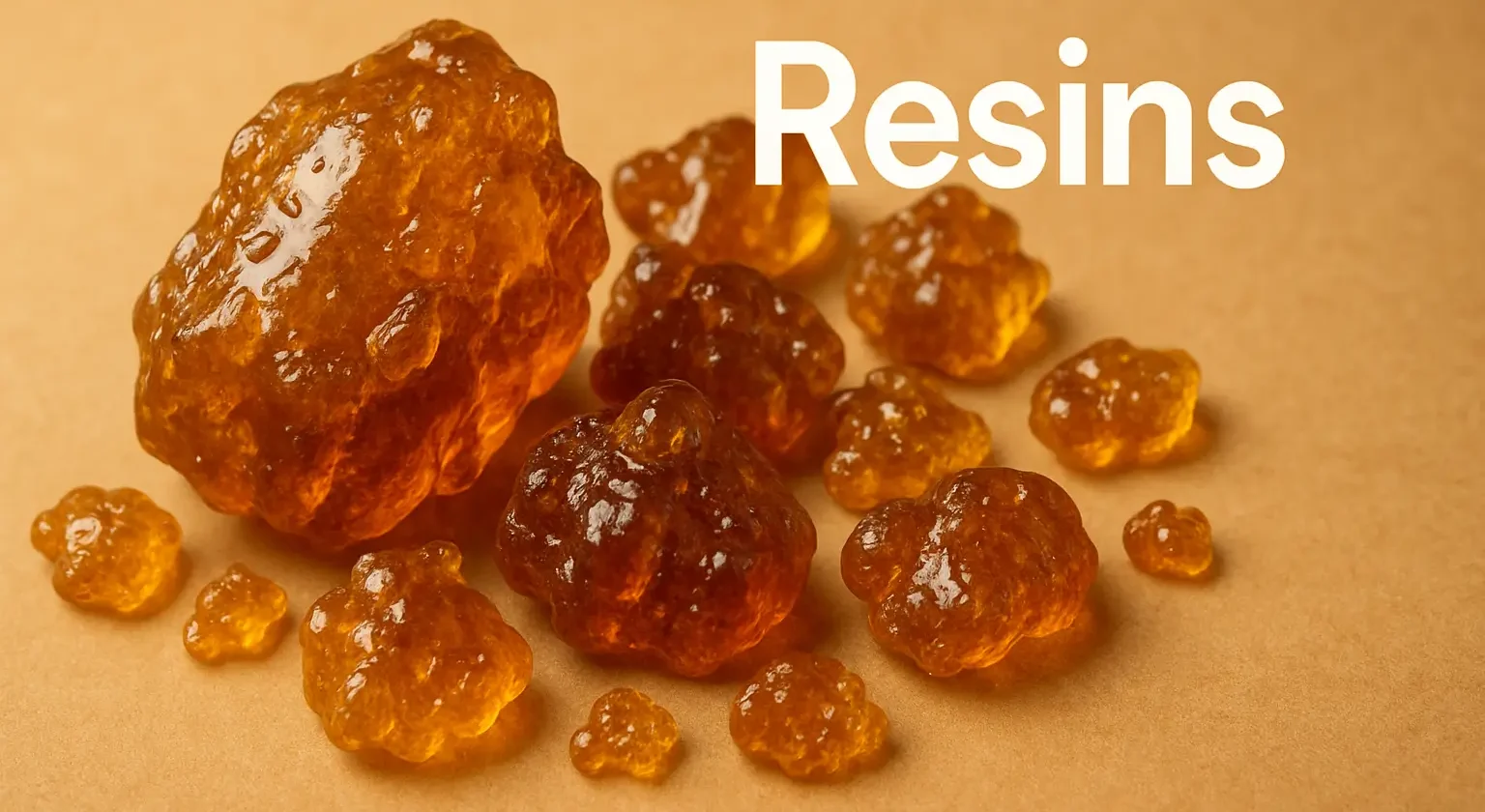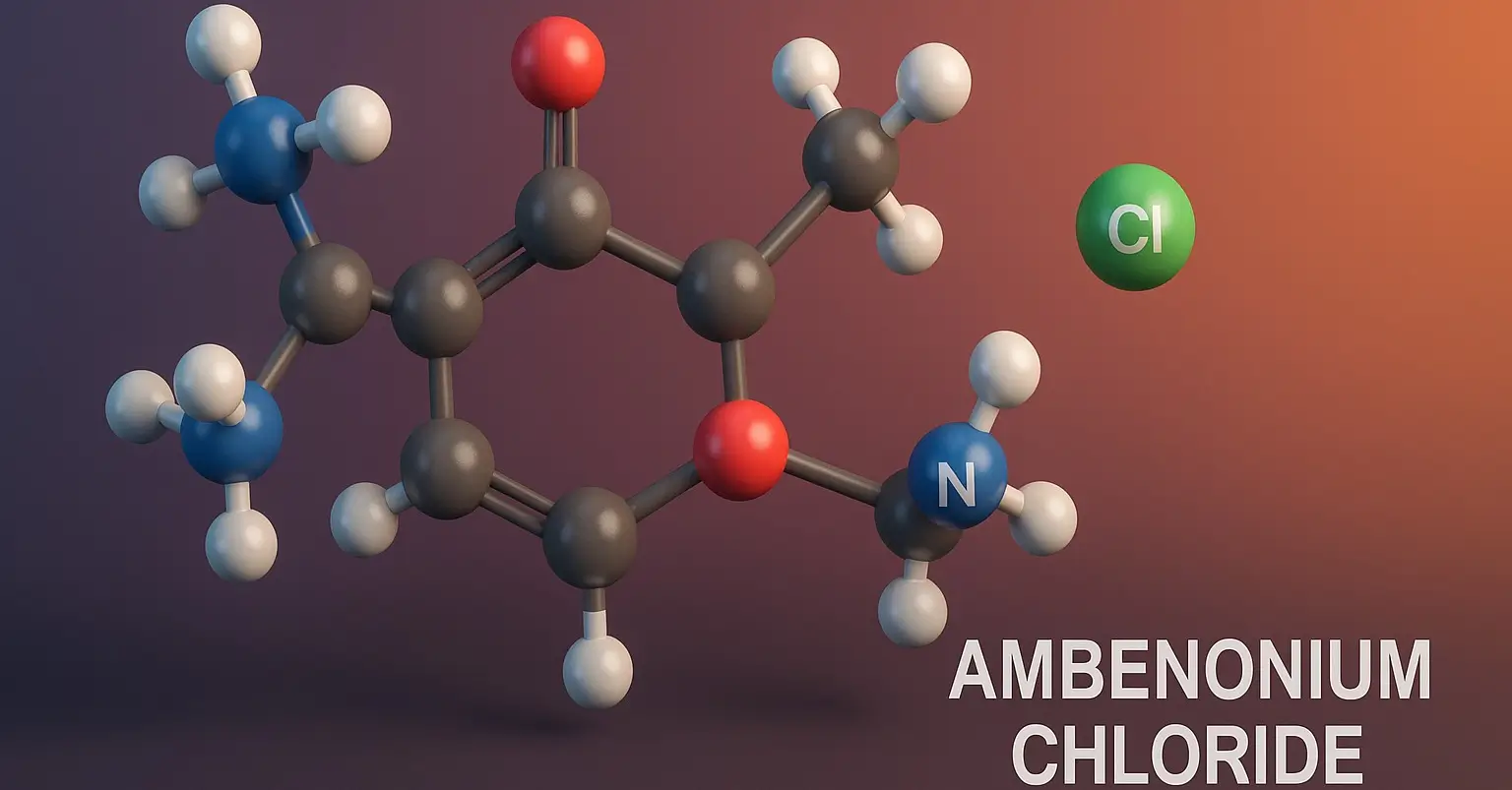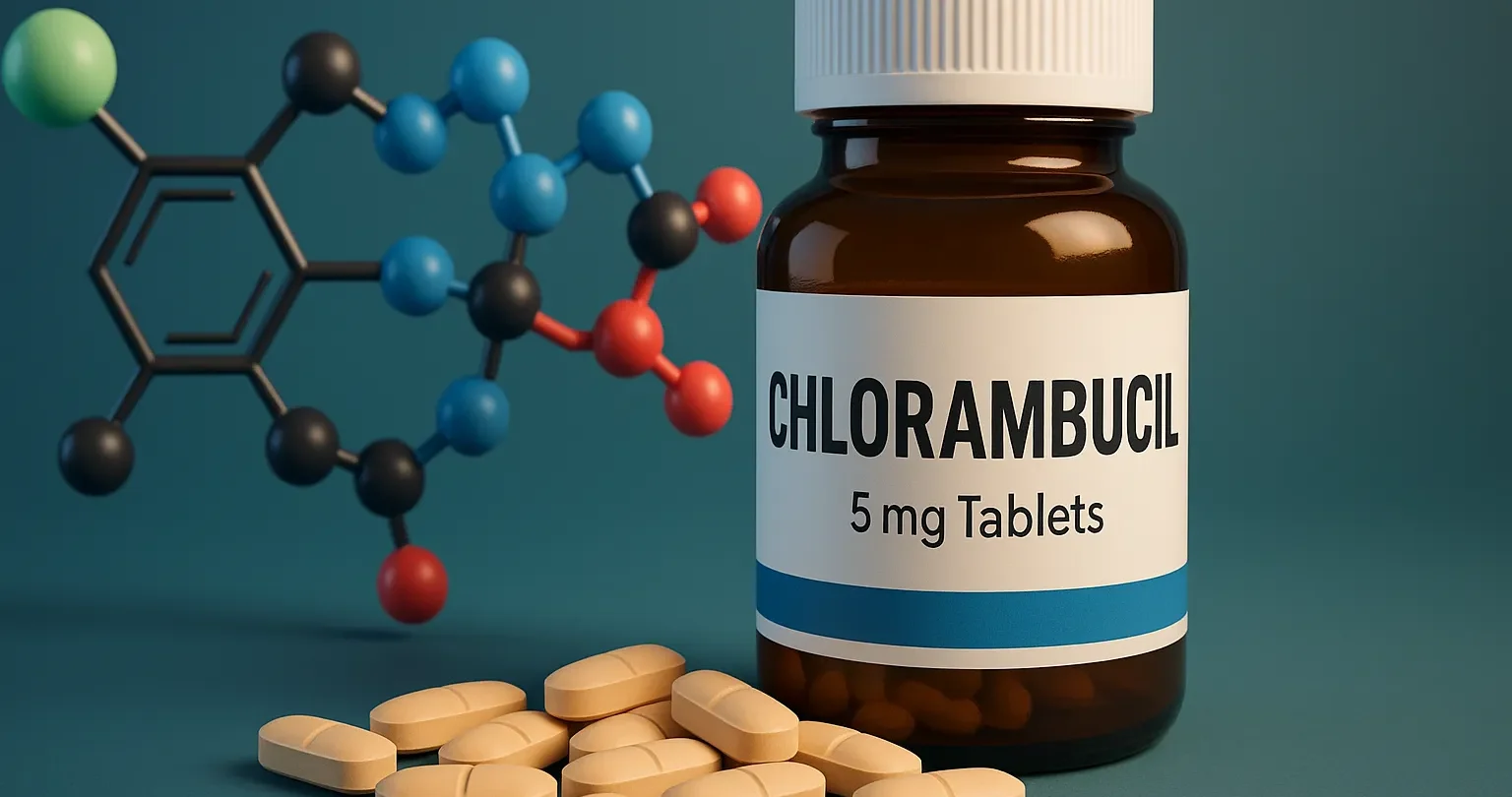Benzoin (Resin)
General Introduction to Benzoin (Resin): Benzoin is a balsamic resin known for its aromatic, expectorant, and antiseptic properties. It is widely used in incense and medicinal preparations. Synonyms: Common name: Benzoin gum Scientific name: Styrax benzoin Synonyms: Sumatra benzoin, Siam benzoin Biological Source: Obtained from the bark of Styrax benzoin or Styrax tonkinensis. Family: Styracaceae … Read more

